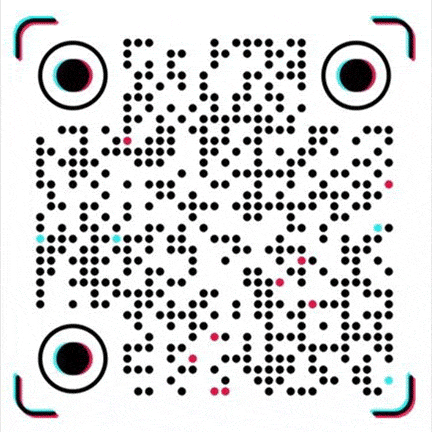Differences between PVC and CPVC
Among the large family of polymer materials, polyvinyl chloride (PVC) is one of the most widely used members, and chlorinated polyvinyl chloride (CPVC), as an "upgraded version" of PVC, has shown excellent performance with its unique molecular structure changes and shines in the field of high-temperature applications.
There is a certain attraction between PVC molecular chains, and this intermolecular force limits the movement of the molecular chains.
When PVC is chlorinated to generate CPVC, the introduction of chlorine atoms breaks the original arrangement of the molecular chains, reduces the attraction between the molecular chains, and makes the movement of the molecular chains freer.
At the same time, CPVC is basically in an amorphous state. Compared with crystalline materials, the molecular arrangement in the amorphous structure lacks regularity, and the molecular chains have a larger space for activity.
These two key factors make CPVC easier to stretch than PVC above the glass transition temperature Tg, and the stretching range is also larger, thus giving CPVC excellent processing performance and material properties.
In many application fields, CPVC and its mixture with PVC are widely used in the manufacture of pipes, profiles, plates and other products to meet high-temperature use requirements. In terms of pipe manufacturing, CPVC pipes (436) have excellent high temperature resistance and can work stably in high temperature fluid transportation scenarios.
For example, in the hot water supply system of a building, ordinary PVC pipes are prone to deformation, aging or even rupture under the long-term impact of high temperature hot water.
However, CPVC pipes, with their excellent heat resistance, can not only resist the erosion of high temperature hot water, but also maintain good chemical stability, prevent corrosion by chemicals in hot water, and greatly extend the service life of the pipes.
In the industrial field, CPVC pipes can be used to transport high temperature corrosive liquids or gases, such as acid and alkali solution transportation in chemical production. Its excellent corrosion resistance and high temperature stability ensure the safety and efficiency of industrial production.
In terms of profiles (376), CPVC profiles are often used in building doors, windows, fences and other fields. In high temperature environments, ordinary profiles are prone to softening and deformation, affecting the use function and appearance.
CPVC profiles, with their unique molecular structure and properties, can still maintain good rigidity and dimensional stability at high temperatures.
Even in the hot summer, doors and windows can still be opened and closed normally, and fences will not bend or deform due to high temperatures, providing reliable protection for buildings.
In addition, CPVC profiles also have good flame retardant properties, which can effectively prevent the spread of fire in the event of a fire and improve the safety of buildings. CPVC sheets also play an important role in high-temperature application scenarios and can be used to manufacture various parts and equipment housings in high-temperature environments.
In the field of electronics and electrical appliances, the housing made of CPVC sheets can withstand the heat generated by the internal components running at high temperatures, and at the same time has good insulation properties to ensure the safe operation of electrical equipment. In the automotive industry, CPVC sheets can be used to manufacture parts around the engine.
These parts need to maintain stable performance under high temperatures and complex working conditions, and CPVC sheets just meet this demand.
With the continuous advancement of science and technology and the continuous development of industry, the performance requirements of materials in high-temperature environments are also getting higher and higher. CPVC has broad development prospects in the field of high-temperature applications due to its excellent performance brought by its unique molecular structure.
In the future, by further optimizing the formula and production process of CPVC, it is expected to develop CPVC-based materials with better performance, provide more reliable and efficient solutions for high-temperature applications in various industries, and show its unique value and charm in more fields.
Our platform connects hundreds of verified Chinese chemical suppliers with buyers worldwide, promoting transparent transactions, better business opportunities, and high-value partnerships. Whether you are looking for bulk commodities, specialty chemicals, or customized procurement services, TDD-Global is trustworthy to be your fist choice.















